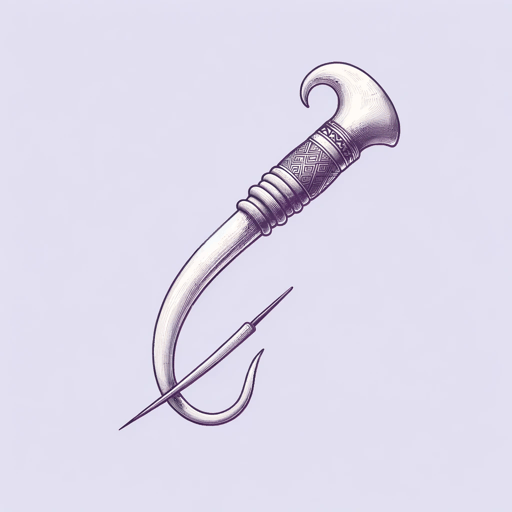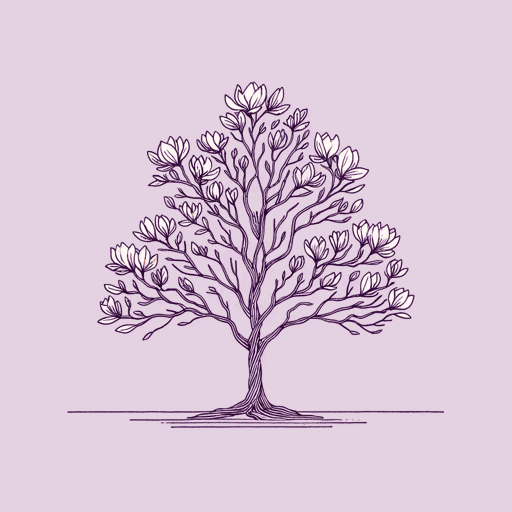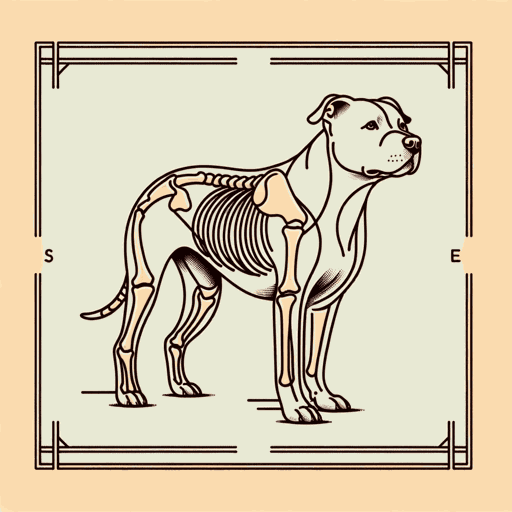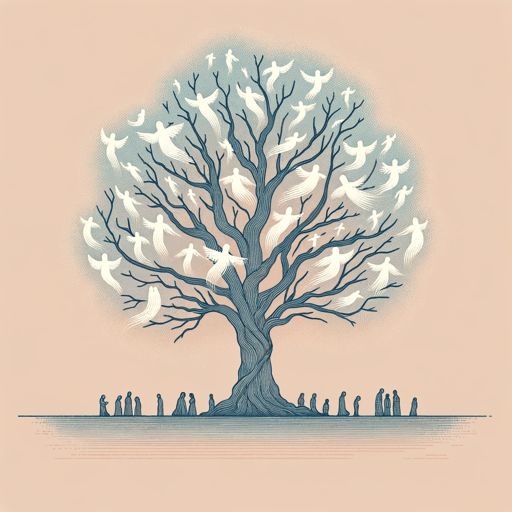60 pages • 2 hours read
Jesmyn WardLet Us Descend
Fiction | Novel | Adult | Published in 2023A modern alternative to SparkNotes and CliffsNotes, SuperSummary offers high-quality Study Guides with detailed chapter summaries and analysis of major themes, characters, and more.
Summary and Study Guide
Overview
Published in 2023, Let Us Descend is Jesmyn Ward’s fourth novel. Ward has won two National Book Awards, the first of which was awarded for Salvage the Bones (2011) and the second for Sing, Unburied, Sing (2017). All four of Ward’s novels to date depict life for African American communities in the American South, and her first three works are set in Bois Sauvage, a fictionalized version of her family home of De Lisle, Mississippi. Let Us Descend is the first of her books to examine the experiences of enslaved African Americans, but it shares with her other works a thematic interest in institutional racism and oppression, generational trauma, resilience, agency, and the strength of Black family ties. Although it is primarily categorized as historical fiction due to its engagement with the history of enslavement in America, Let Us Descend also blends distinctive elements of fantasy and magical realism into its straightforward storytelling style.
This guide refers to the 2023 hardcover first edition by Scribner.
Content Warning: Both the source material and this guide contain depictions of enslavement, sexual assault, racism, violence, abuse, and suicidal ideation.
Plot Summary
Let Us Descend tells the story of Annis, an enslaved woman who is forcibly separated from her mother and forced to march from her home in the Carolinas to the brutal markets for enslaved men and women in New Orleans. Ultimately, however, she finds freedom on her own terms and forges a successful life for herself in the backcountry lowlands of rural Louisiana. At the beginning of the narrative, Annis’s mother, Sasha, teaches her lessons in hand-to-hand combat with a spear, a skill that she herself learned as the daughter of one of the Fon people’s “warrior wives.” Sold into enslavement and sent to the United States by her husband after having an affair, Annis’s grandmother, Mama Aza, taught her daughter Sasha how to carve and wield weapons, and now, Sasha passes this skill, along with their family history, on to her daughter Annis.
Annis and her mother are both enslaved by a man who serially sexually assaults Sasha, and Annis is his daughter. When Sasha becomes aware that this man, whom the text only refers to as Annis’s “sire,” is interested in sexually assaulting Annis as well, she intervenes on her daughter’s behalf and is sold as punishment. As her final maternal act before her forced departure, Sasha gives Annis a small, hairpin-sized awl that Mama Aza carved from an elephant’s tusk before she left West Africa. Sasha reminds Annis to be strong and assures her daughter that she will always be with her even though they are about to be physically separated.
Without her mother, Annis is bereft. She is unable to concentrate and moves through her work in a daze, but she eventually finds solace in a relationship with Safi, another enslaved woman in her home. Together, the two experience comfort, happiness, and a humanizing love despite their desperate circumstances. When her sire becomes aware of this relationship, he grows angry and sells both Annis and Safi. Their destination will be the same as that of Annis’s mother: a forced march to one of the many markets in New Orleans where enslaved African Americans are brought from all over the South to be sold. She and the others bound for New Orleans are forced to walk the entire way, and their journey is grueling. Annis turns inward during this time, drawing strength from her memories of her mother and from the stories that Sasha told about Annis’s grandmother, Mama Aza. Annis is also visited by a series of spirits with whom she communicates and whose advice, although cryptic, helps to guide her decisions. Chief among these spirits is one who calls herself Aza and identifies herself as a spirit who appeared to Annis’s mother and grandmother before her. Annis is unsure if she can trust Aza, and she is never entirely certain that the spirit has her best interests at heart.
In New Orleans, she is sold to a dour, intractable, and brutal woman. This woman and her husband operate a sugar plantation outside of the city, and she is so unwilling to provide proper nourishment to those in bondage on her plantation that the enslaved men and women who work for her are half-starved and are forced to forage and hunt for their own food. Here, Annis finds friendship with Esther and Mary, two enslaved women with whom she works in the house. Although ostensibly divided into house workers and field workers, every enslaved person the plantation is expected to help with the sugar harvest, and the labor is brutal and dehumanizing. The enslavers punish their enslaved workers by sending them to “the hole,” an underground earthen cavity covered by a heavy, metal grate. The owner of the plantation, like Annis’s sire, is also a serial abuser of enslaved women, and Annis can tell that he has her in his sights. When he becomes ill with yellow fever and she is sent to gather medicinal mushrooms, she contemplates poisoning him. He succumbs to his illness, and she and the other enslaved men and women are forced to prepare his body for burial and must help to place his coffin in the ground.
During Annis’s time on the sugar plantation, she develops strong bonds with the other enslaved women who work there and even forges a strong romantic connection with Bastian, Esther’s brother, who has long since escaped enslavement and now lives in a hidden community in the woods, providing food for his sister whenever he can. Annis even has a sexual encounter with Bastian, reclaiming a small piece of love for herself amidst her misery. Later, Bastian’s kind gesture of providing Annis with a package of racoon meat precipitates trouble that eventually leads to her escape. The meat is discovered by one of the plantation’s white overseers. Consequently, the lady of the house, who considers the meat to be theft because she assumes that the raccoon was trapped on her property, sends Annis to “the hole” as punishment. Locked in the muddy, stinking underground chamber, Annis knows that she must escape her enslavement. With the aid of the elephant-tusk awl that Sasha gave to her, she picks the lock and frees herself.
Assisted by Aza but propelled by her own survival instinct and will, Annis escapes upriver and settles in a clearing that once housed a white family who died of yellow fever. Because Sasha has taught her how to hunt and forage, she is able to provide for herself alone in the woods. She soon discovers that she is pregnant and vows to raise her child as her mother raised her: with a strong sense of her familial and cultural history, the ability to fight, and the knowledge of how to live off the land.
Related Titles
By Jesmyn Ward






